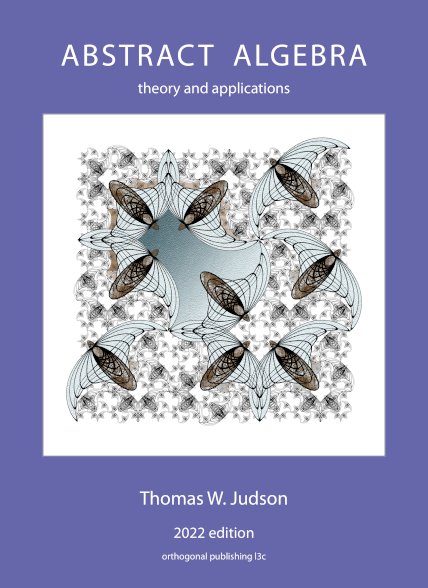Section 18.1 Fields of Fractions
Every field is also an integral domain; however, there are many integral domains that are not fields. For example, the integers
An element
if and only if
If we use the approach of ordered pairs instead of fractions, then we can study integral domains in general. Let
Proof.
Since
Since
We will denote the set of equivalence classes on
It seems reasonable to define the operations of addition and multiplication on
and
respectively. The next lemma demonstrates that these operations are independent of the choice of representatives from each equivalence class.
Lemma 18.2.
The operations of addition and multiplication on
Proof.
We will prove that the operation of addition is well-defined. The proof that multiplication is well-defined is left as an exercise. Let
or, equivalently, that
Since
Lemma 18.3.
Proof.
The additive and multiplicative identities are
It is easy to show that
It remains to show that the distributive property holds in
and the lemma is proved.
The field
Theorem 18.4.
Let
Proof.
We will first demonstrate that
and
hence,
Now let
If
and
Therefore,
To complete the proof of the theorem, we need to show that
Example 18.5.
Since
We will leave the proofs of the following corollaries of Theorem 18.4 as exercises.

